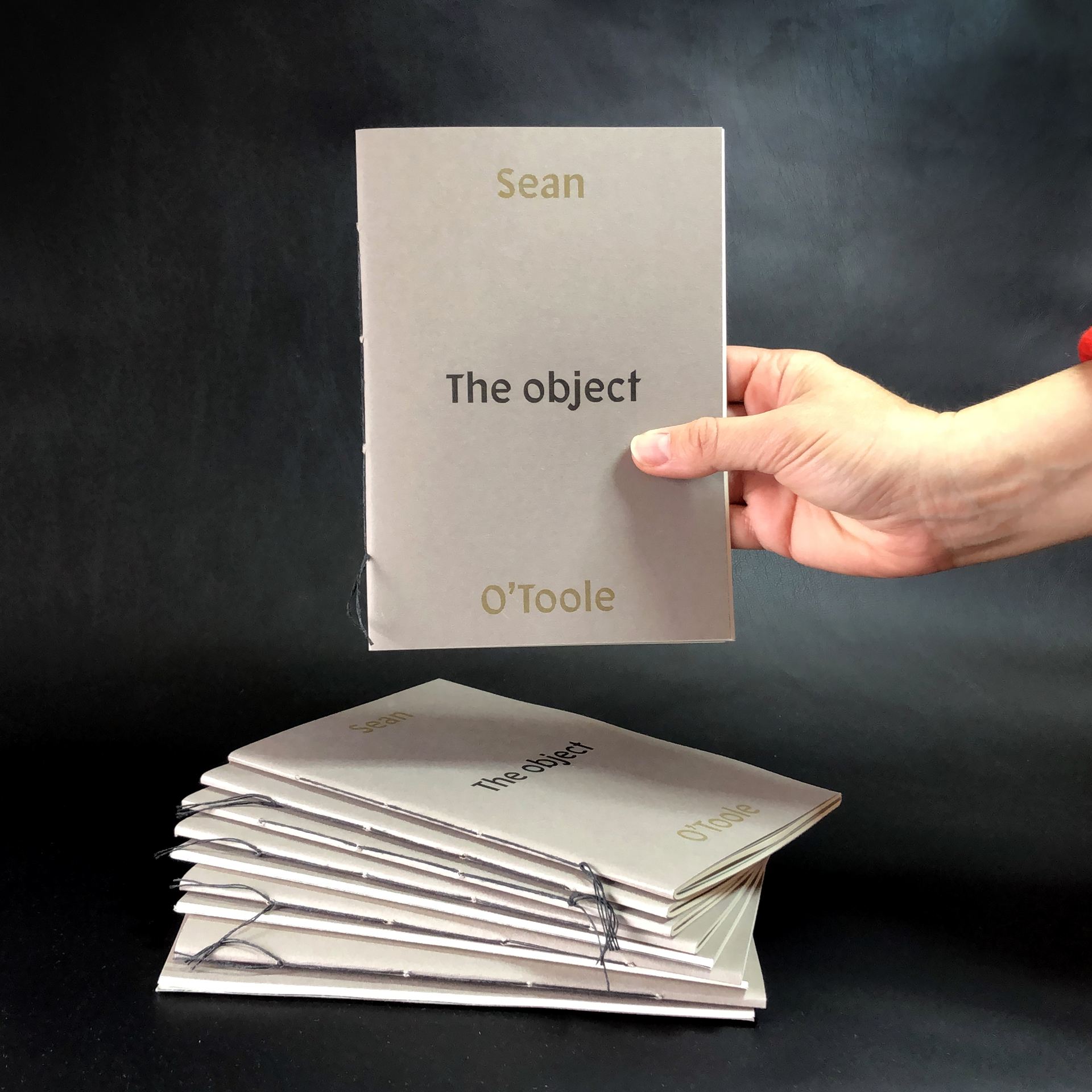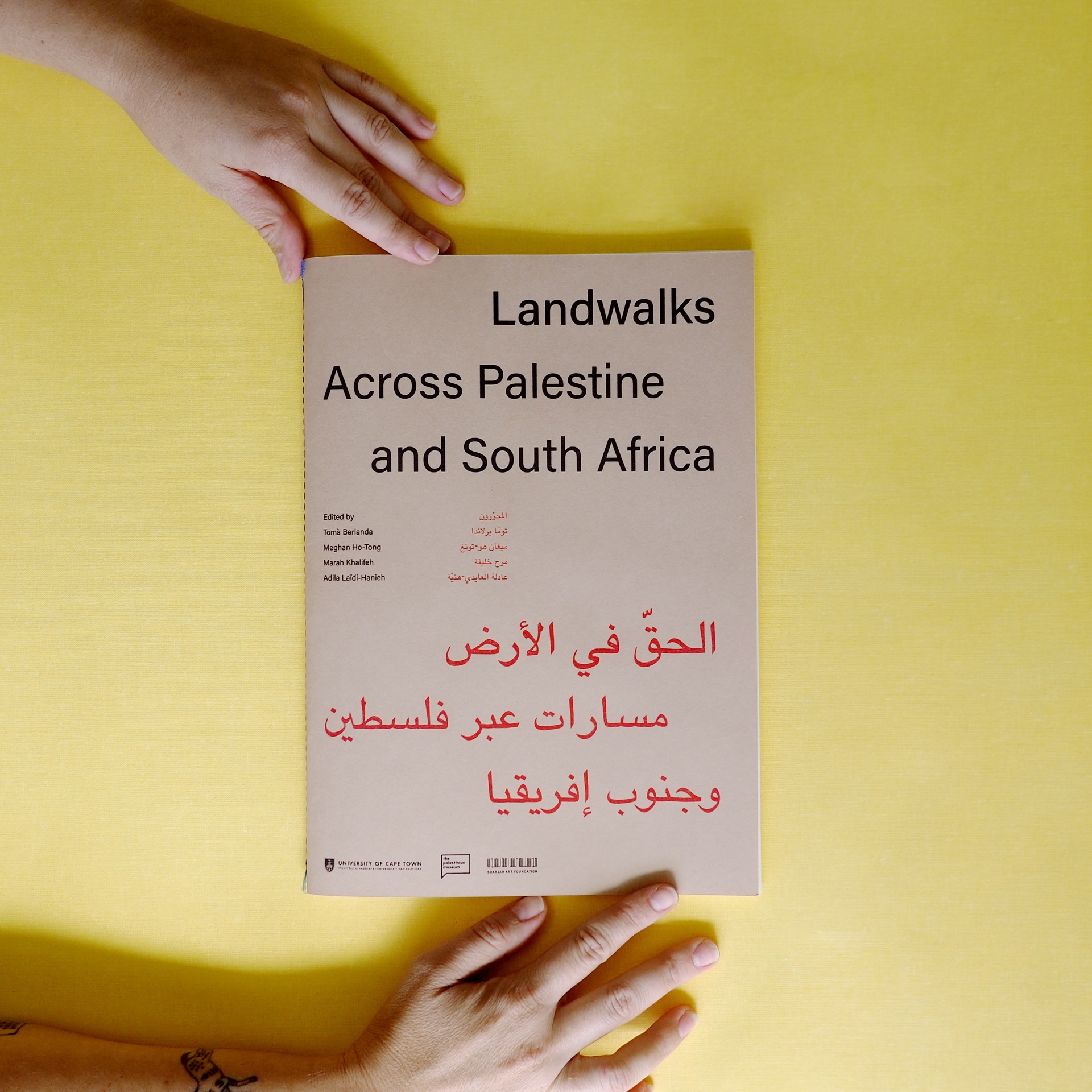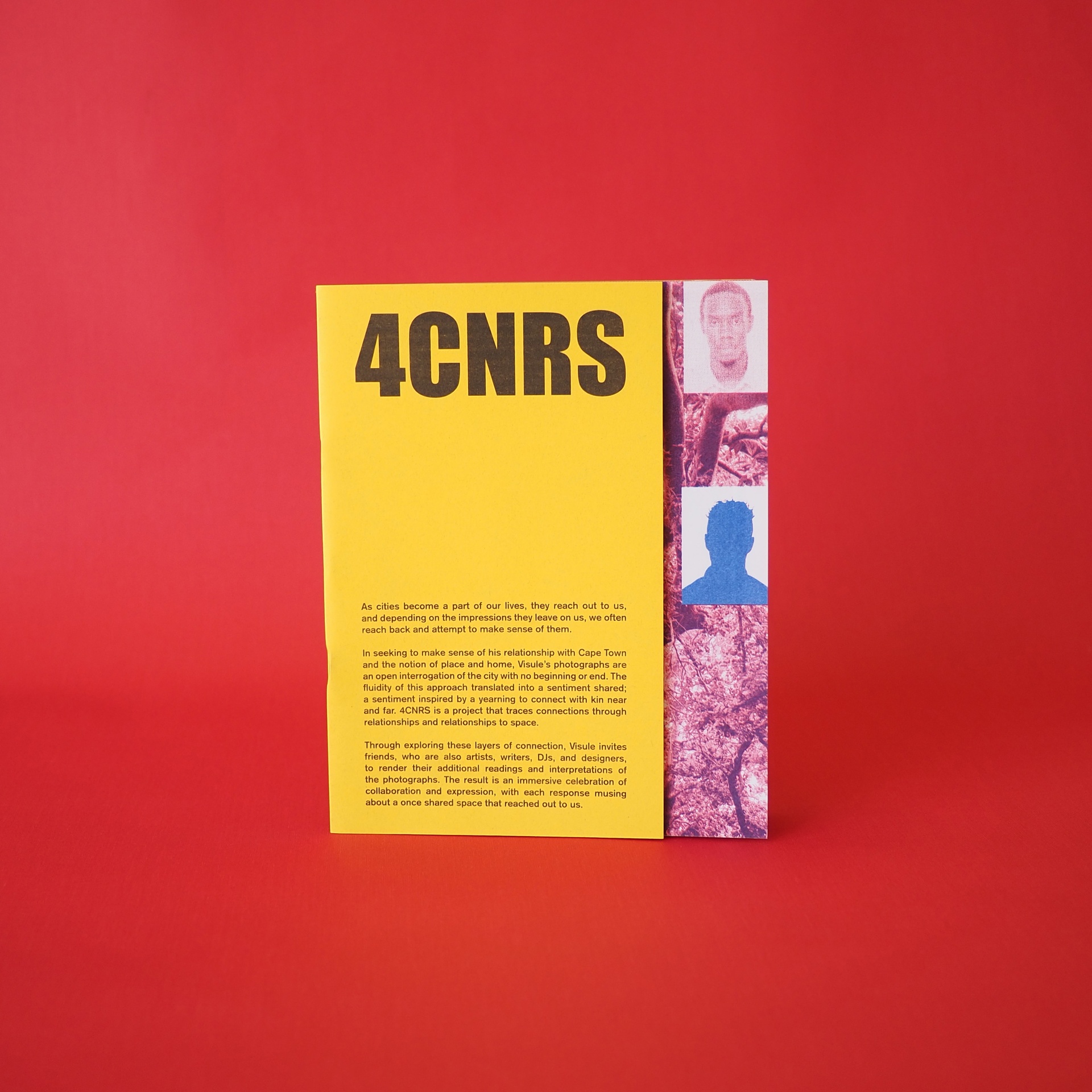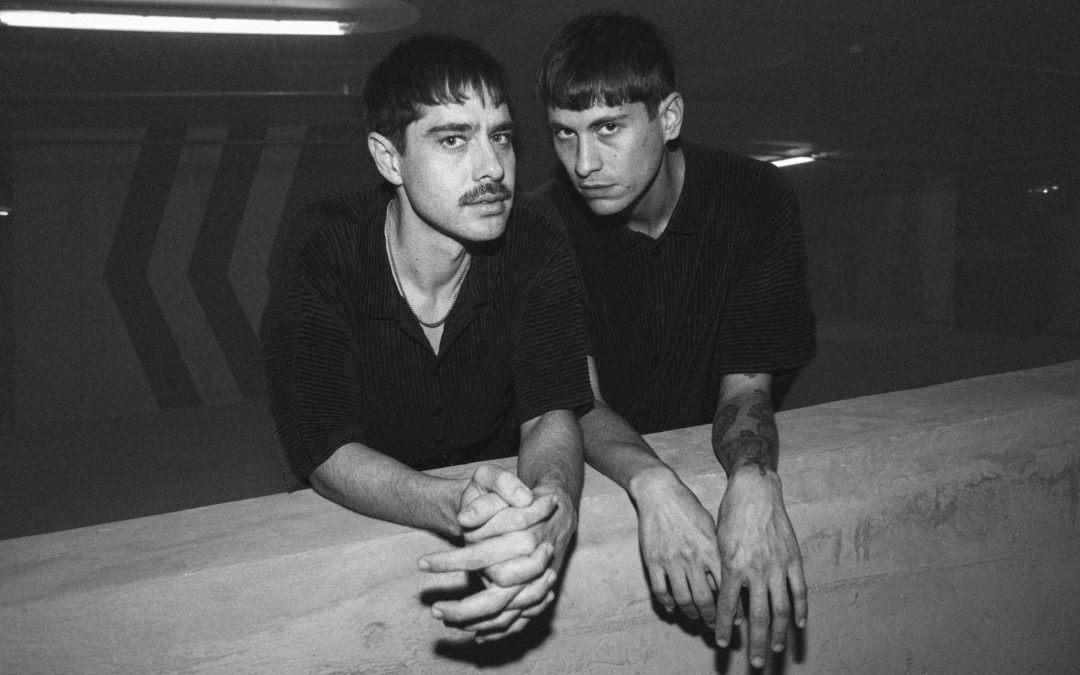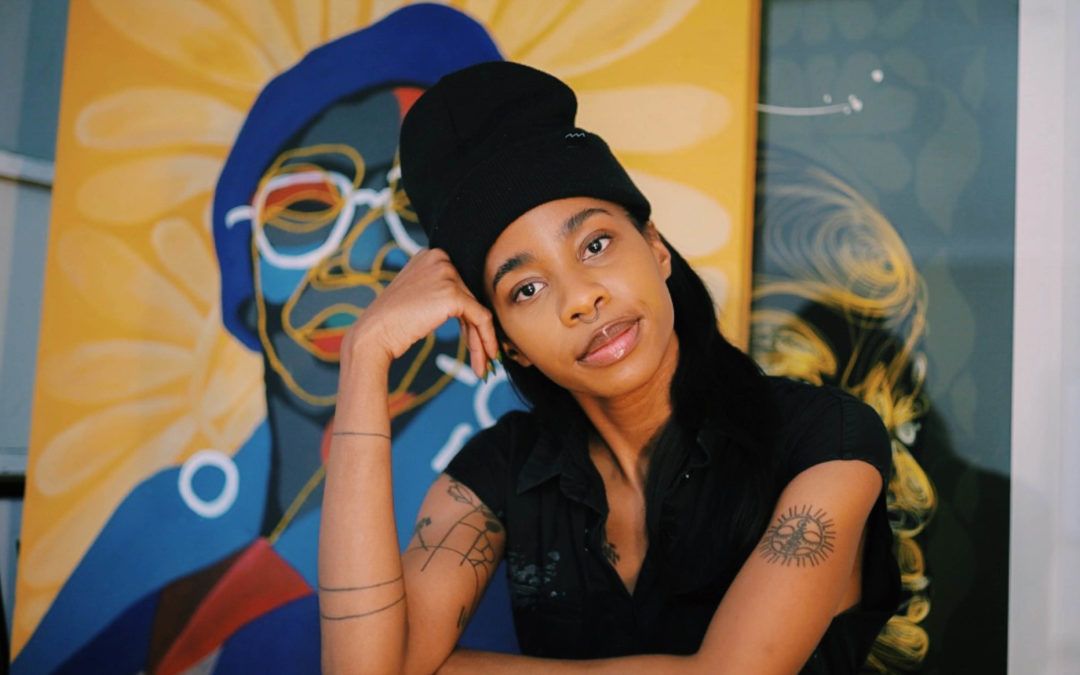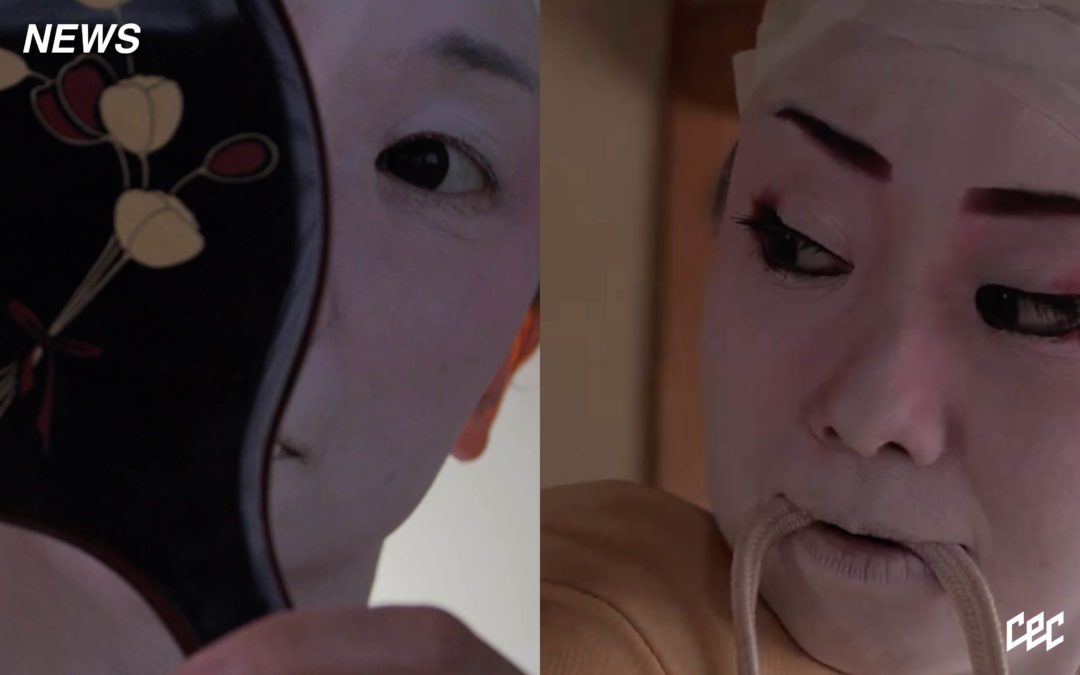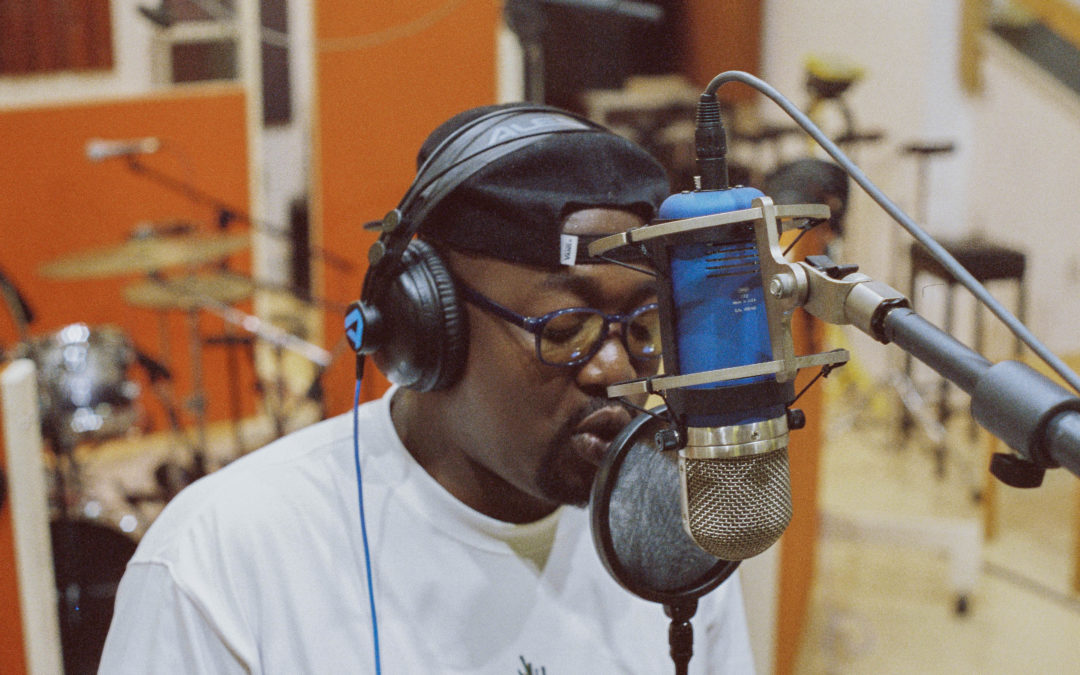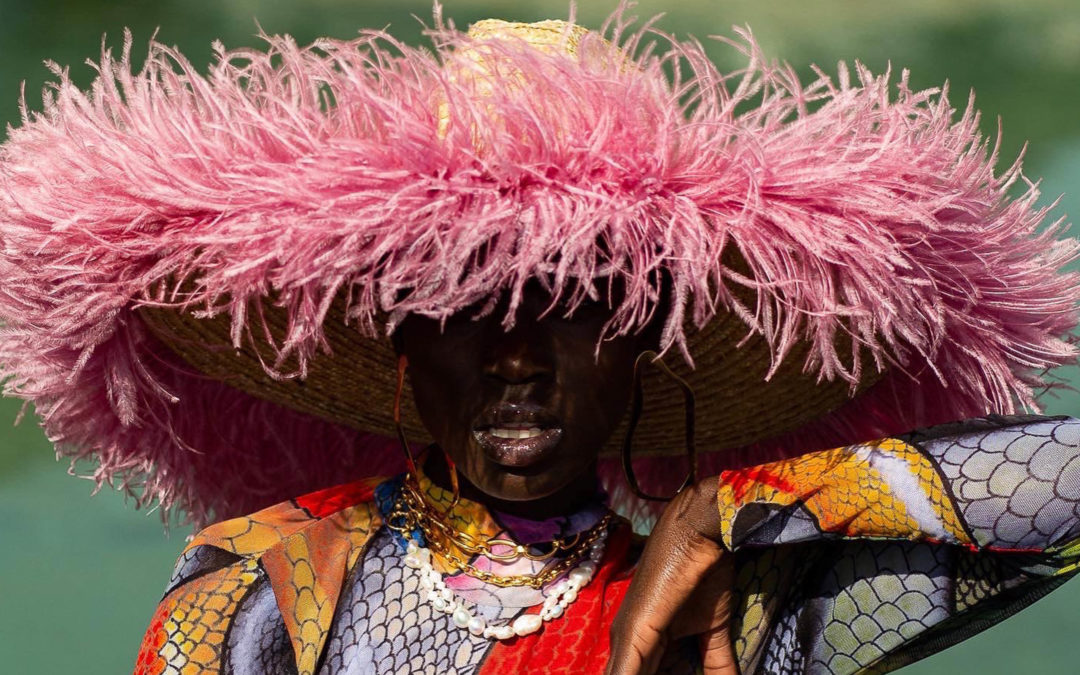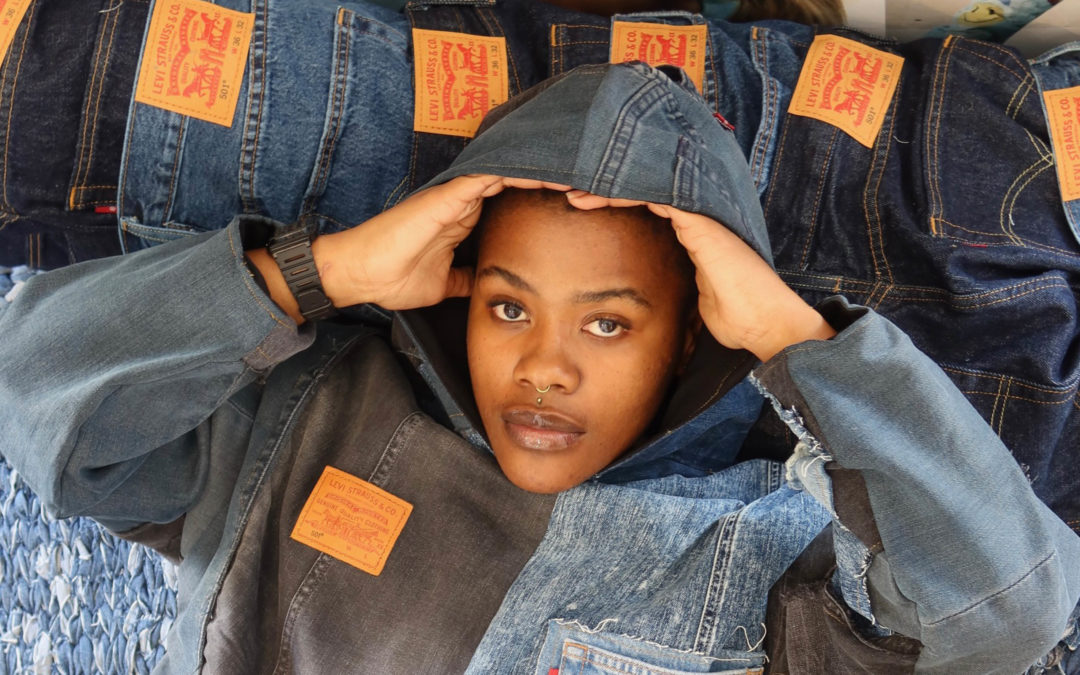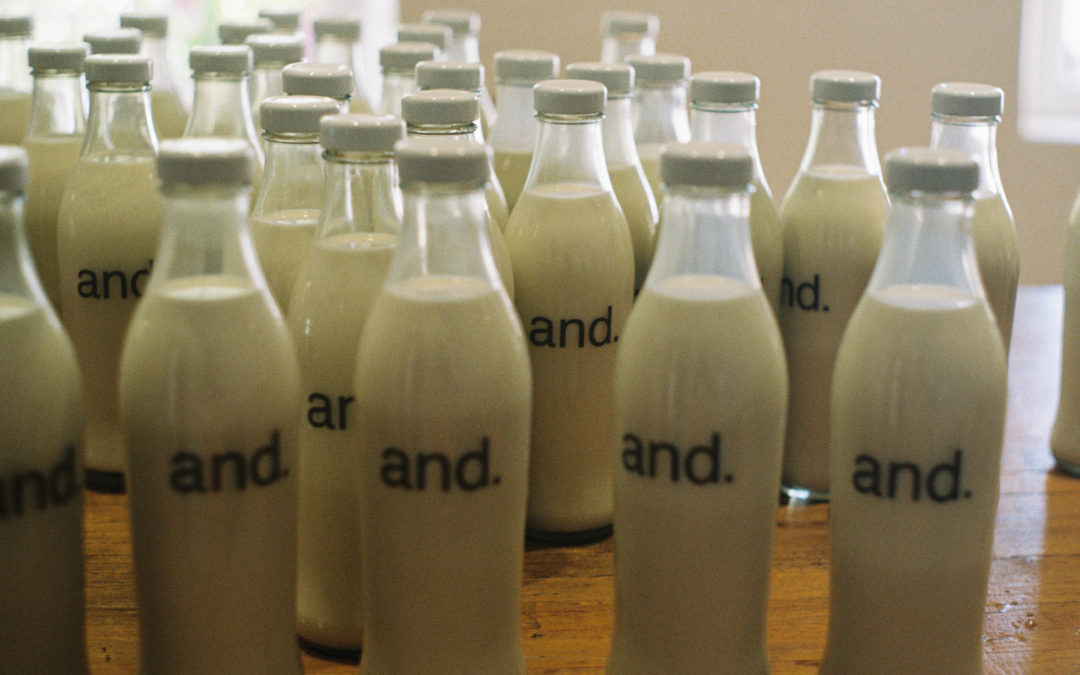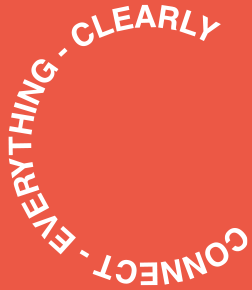There is a studio in Woodstock that feels like stepping into the chapter of your favourite book. One wall is lined with stacked papers in different colours; the other is lined with printing machines, and shelves boast delicately placed zines and books. In the centre of the studio there might be a carefully laid out line up of pages, ready to be bound and fully materialised by an artist or author, in collaboration with the studio. This space, Dream Press, is a site of preservation; it is an independent printer, risograph publisher and a space where dreams, quite literally, are made. With a nostalgic essence to it, there is also a determination for the new – new ideas, writings, illustrations and ways of forging creativity into something directly tangible. Dream Press is in the business of treasures and keepsakes, of archiving and creating. I think their space is one of the most important in the city, especially in a world that is digitising at warp-speed; where our engagement with words and visuals seem to always be pixelated on screens.
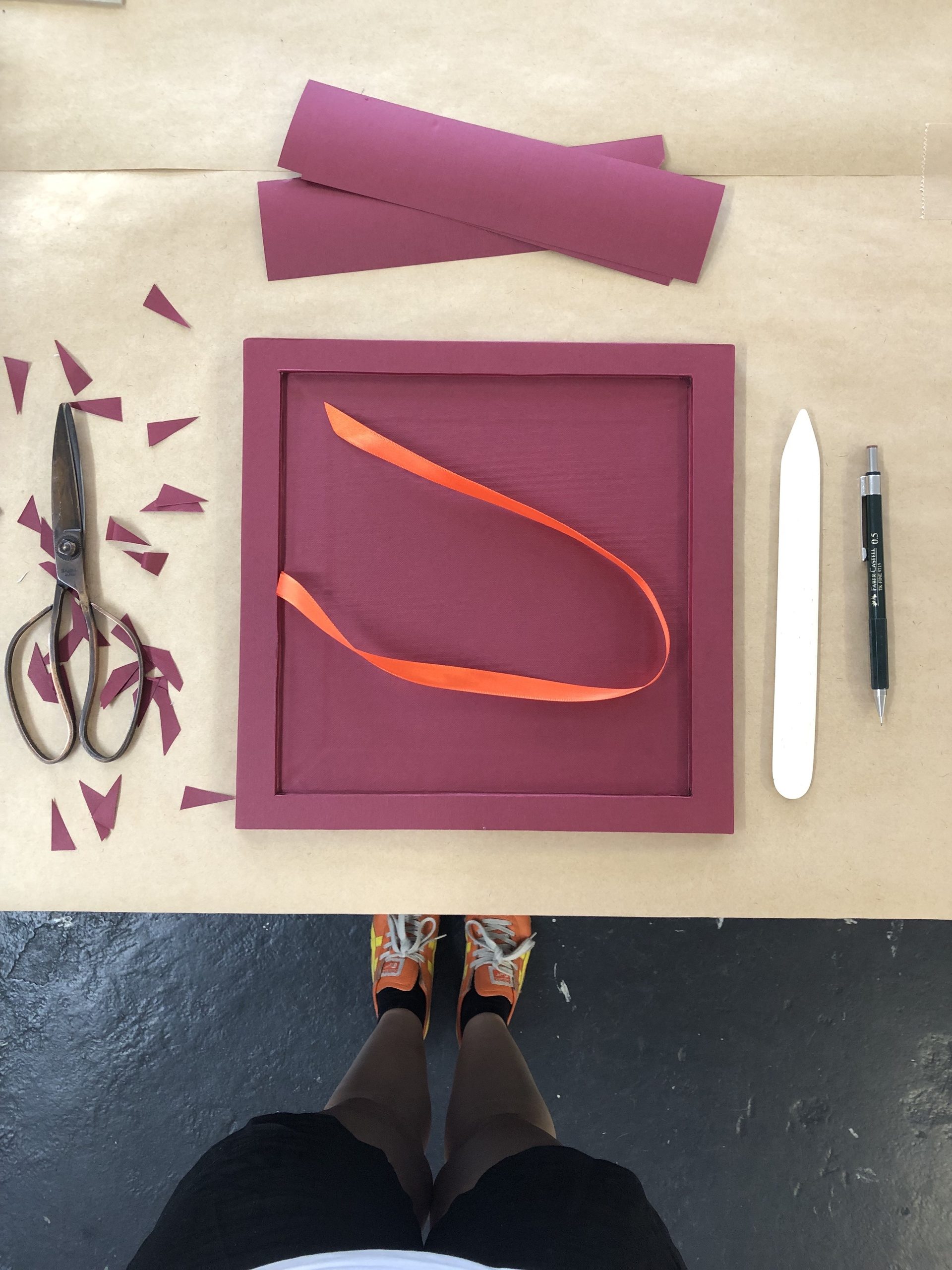
Box Making for Faith47
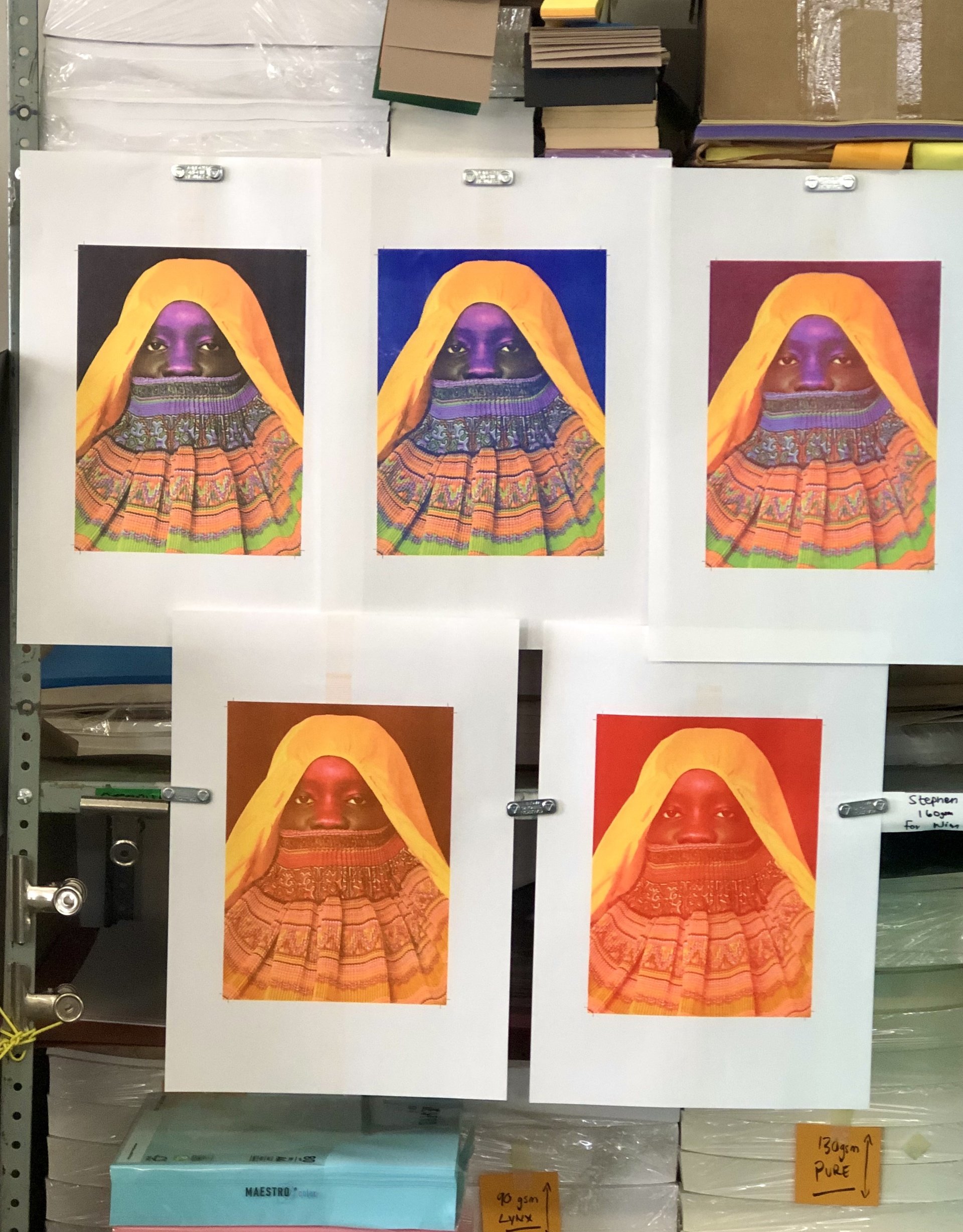
Testing riso printing for DUST by Atong Atem
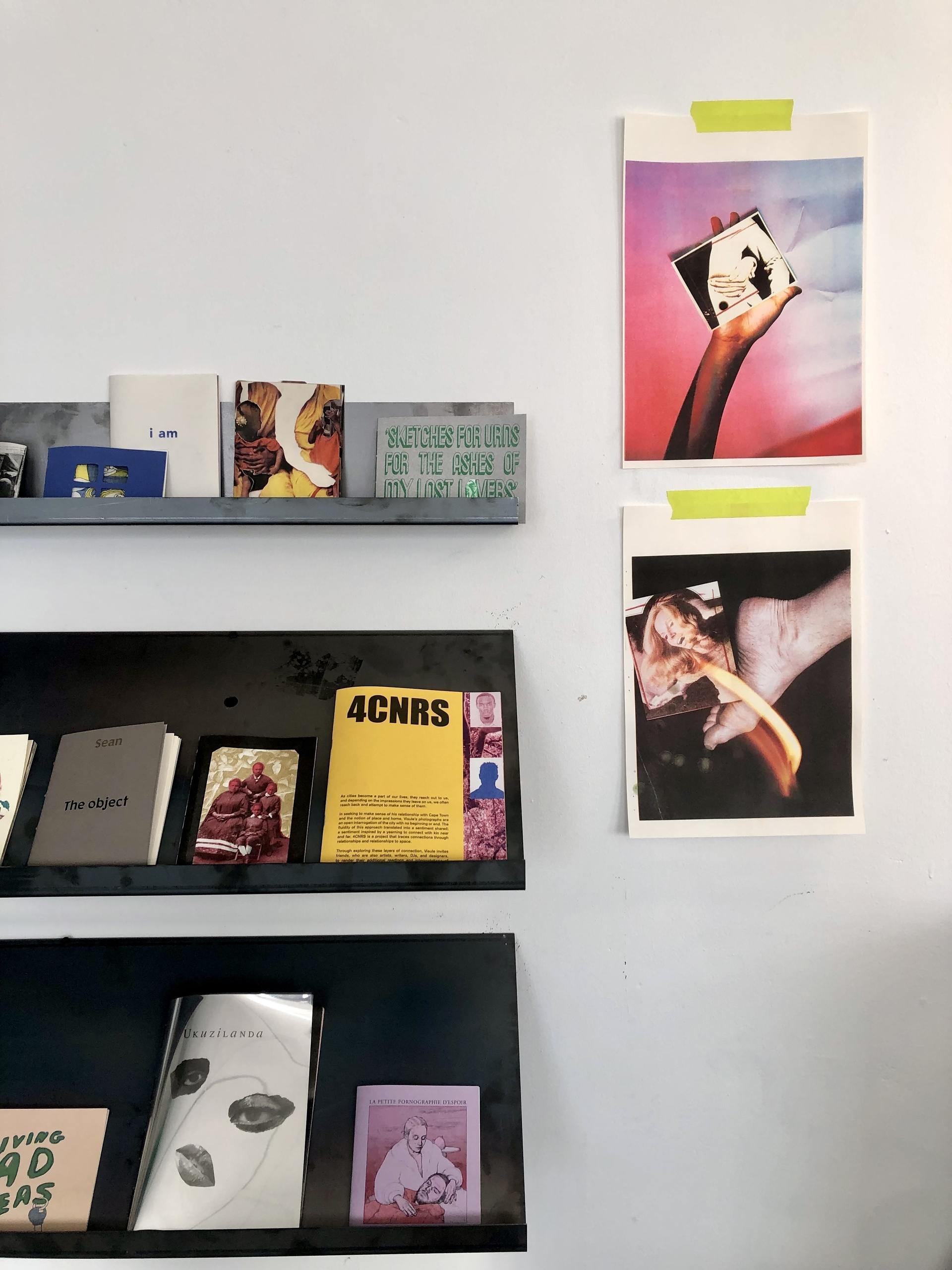
Studio Shot of DP
“I studied at Michaelis and graduated in 2010. My background was in sculpture and installation. I always liked the facility of different materials and how to make them work together. Leaving Michaelis, I learned that the possibilities are limited for sculpture and installation in the South African art industry, unless you’re doing bronze. I went on to work at a gallery as a co-curator and that was really eye-opening – it showed me that I really loved working with artists and realising their dreams.” says CJ, founder of Dream Press. After becoming quite jaded with the commercial mechanisations of the art industry, CJ took the plunge at leaving, with no clue what she might do thereafter, “my opinion has always been that if you don’t create a space to figure out what you need to, it’s not just going to land in your lap. When I left all I knew was that I wanted to continue working with artists. During this time, I fell in love with making books. I started teaching myself InDesign and went to Friends of Design night courses. I started making catalogues for creatives and approaching graduates and artists. I got frustrated at a certain point that my skill set for creating books was actually quite amateur and that the best way I could develop was to learn how a book is made in the traditional sense. There is so much that designers are not taught.” This juncture would lead CJ to second-generation book binding space in Woodstock, The Book Binding Company. On this, CJ says “it was run by Mr Woods and his son Regan Woods. I wiggled my way into being an apprentice with them and learned the craft in the very old way of apprenticeship. When I felt I had learned enough of their traditional leather-binding and reports, I started to explore other experimental ways of making books.” It was around this time that CJ started to envision the idea of starting a business in the realm of book-binding. Born out of the experience of digital fatigue, CJ knew that a method within the business had to lend itself to an analogue way of working. Ultimately, it led to CJ finding risograph printing – the methodological jewel from which Dream Press now emanates.
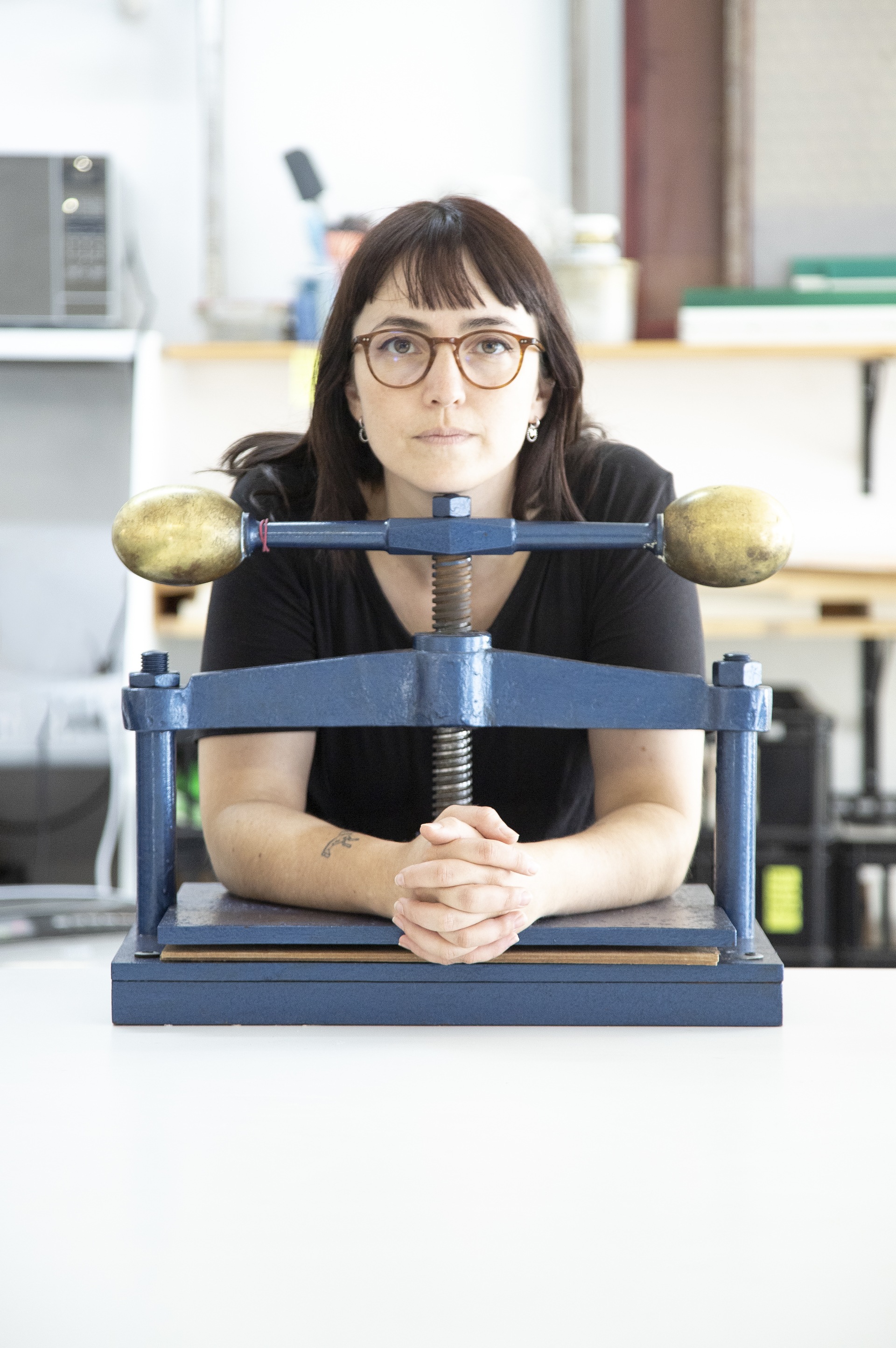
CJ in Studio.
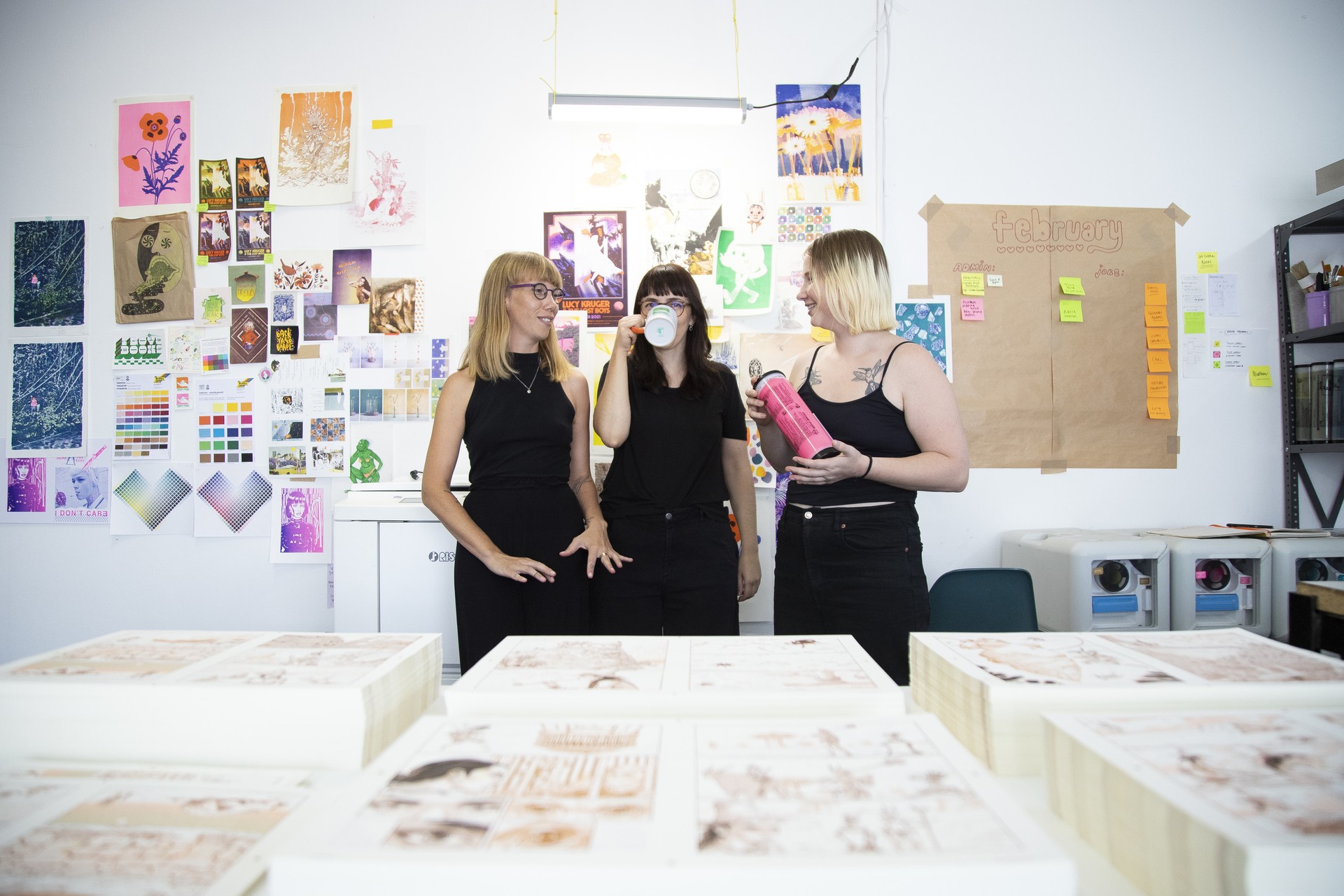
Dream Team in Studio.
Risograph printing is a unique and versatile printing method that combines elements of screen printing and photocopying. It uses a specialised digital duplicator, known as a Risograph, to produce high-quality prints with vibrant colours and textures. This process involves creating a master stencil, which is then inked and pressed onto the desired printing surface, resulting in distinct, layered, and slightly imperfect prints that have a distinctively tactile and handmade aesthetic. It harkens back to the DIY and zine-style emergence of printing methods in the late 20th century. As CJ explains, “I was lucky to find risograph as a practice at the beginning of its second boom in the mid 2010s. It was first developed in the 1980s in Japan, so the revival naturally fits into this era of nostalgia that I think we are all experiencing. I approached a few of the handful of studios around the world and received so much support on technique, colour and printers from them. I then set up in a little corner of Black River Studio, whose founder and silkscreen master Wim Legrand, has been an amazing mentor to me.” CJ officially opened Dream Press in 2017 by herself and with her risograph, diving into the world of zines and book making. The risograph lent itself to a new vibrancy in Dream Press’ trajectories, as well as for CJ’s path as an artist, book-binder and publisher.
In the beginning of 2018, just six months into Dream Press’ opening, CJ was diagnosed with Hodgkin’s Lymphoma, a type of cancer that affects the lymphatic system. CJ explains, “I had to close down and go through chemo and radiation. I was basically in an isolated way before COVID arrived. That experience took me all the way to the end of 2019, and I’m in complete remission now. Then I was open for another six months, and then it was lock-down. So it’s been a little bit of a rough ride in the beginning! I’m actually still surprised that we are thriving because it was really tough. I had a lot of pressure on myself.” In between these experiences, CJ’s commitment to her craft and the proliferation of the tangible has not only endured, but strengthened. CJ is an artist in the very core of herbeing and the commitment of a printing-press like Dream Press has brought into Cape Town, the country and the world – the subtle magic of printing as a cultural heirloom of human beings. CJ explains, “I had my first full-time intern, an amazing Austrian foreign-student named Julia Schimautz. She left me after a year and a bit and has opened up her own riso-studio in Berlin. Now, I employed two full-time assistants – Mac and Candice – which I never thought I would do. Since then it’s been one month at a time, one foot after the other and some mistakes in between.”
THE OBJECT by Sean O’Toole, Landwalks Across Palestine and Africa & 4CNRS by Visule Kabunda.
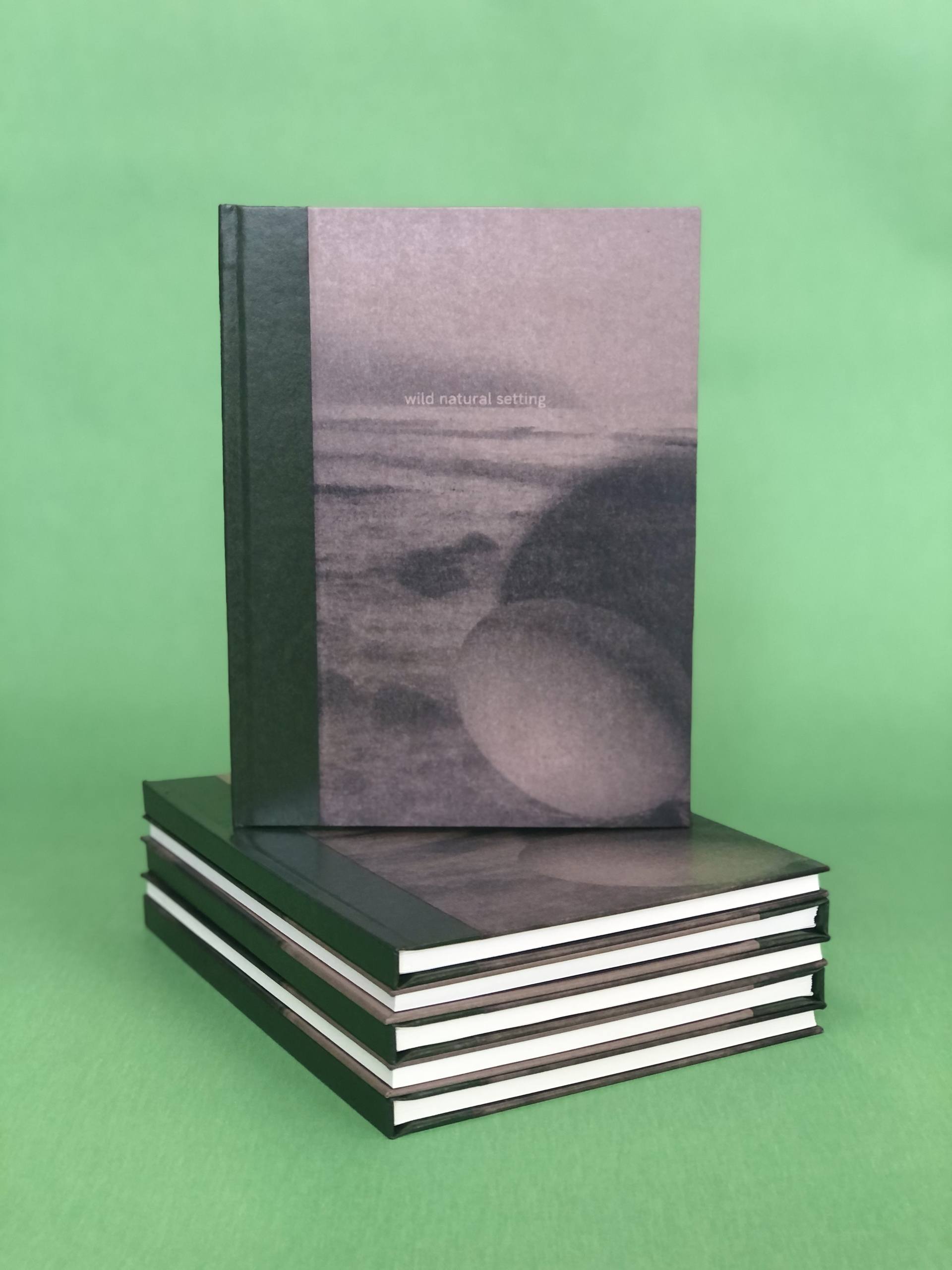
Photgraphic book by Johno Mellish.
CJ’s passion is so vivid, and as she speaks of the vision of her business, CJ’s emotional quality feels as transferable as the ink onto paper in their riso printer, “Dream Press is fueled by my ultimate passion for materiality. It has never been a vision for making a lot of money. Our aim has always been to sustain ourselves and to take on jobs that can afford us capital to reinvest in the printing community. We do a lot of collaborations with artists on credit and we encourage the kind of culture where a part of an artist’s craft and voice can be understood through zines and books that can travel far further than the normal gallery. Those little moments into people’s crafts and thoughts are like snippets of their souls. Dream Press is about documenting this time and space and I think that’s what is so precious about books and zines.” As CJ describes it, that language of print has been somewhat stunted in South Africa as the primary reason for books in the art industry here, are the catalogues solely intended to sell artist’s works and collections. As risograph printing is such a niche discipline, CJ has found that each client or artist requires the same focus and attention. Dream Press brings people into a novel way of working. Running workshops is part of their yearly focus, and are now at a point where they can open one spot that is completely free, to which students or lower-income people can apply. As CJ says, “we really invite people to think out of the box and to imagine ways in which their books can be. I think our strength is how we are able to hold space for that. We love to work with artists to develop ideas and digest art in unusual and interesting ways.” One of Dream Press’ milestones has been their collaboration with the Norval Foundation for ‘Zine Space’ which ran in 2021 and 2022, for a four-week zine-developing workshop. Through these conceptualisations and actioning of tangible methods for artists, CJ has found that Dream Press is only at the beginning of what is possible in this very critical, archival realm of artistic expression.
To end off, I tell CJ of my own self-described ‘badly made zines’, to which she says, “there is absolutely no such thing as a bad zine!” and if anything can tell you about the earnest dedication of Dream Press; let it be that. Viva Dream Press.
Written by: Holly Beaton
For more news, visit the Connect Everything Collective homepage www.ceconline.co.za

